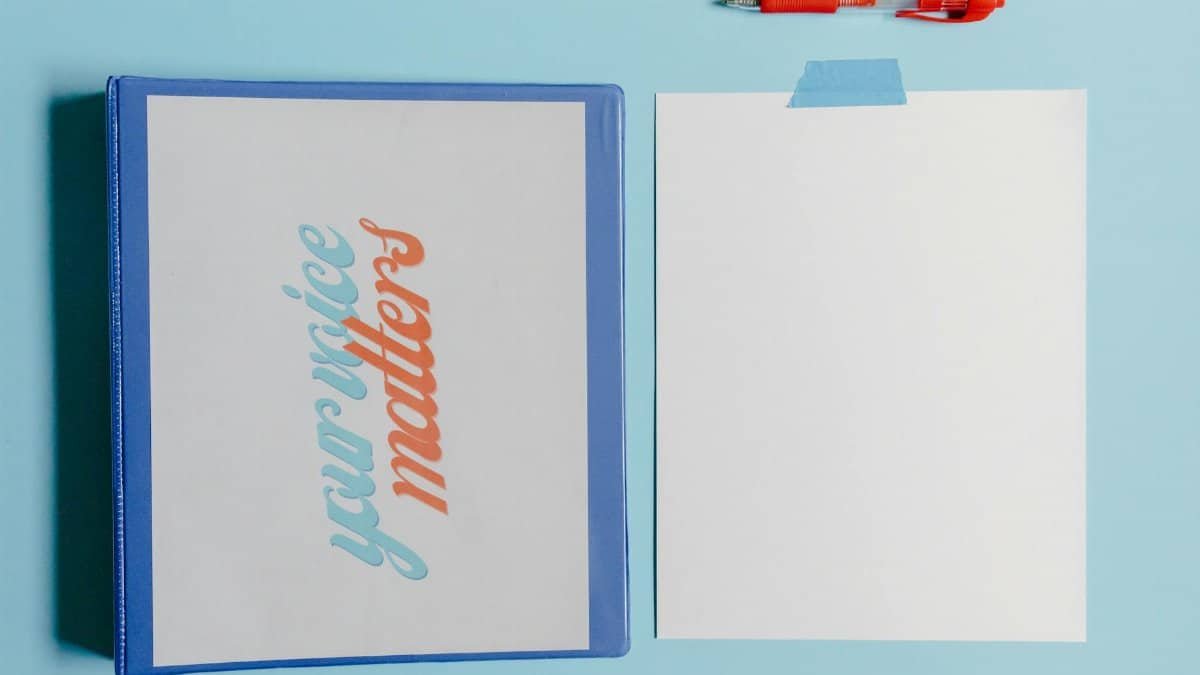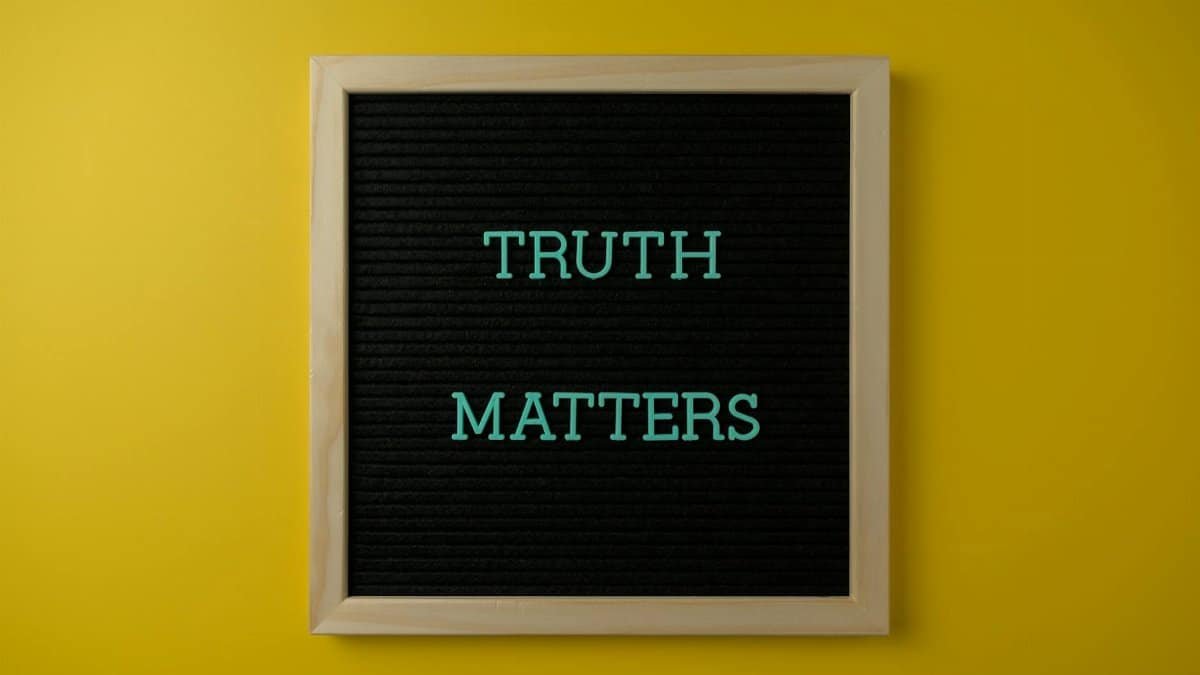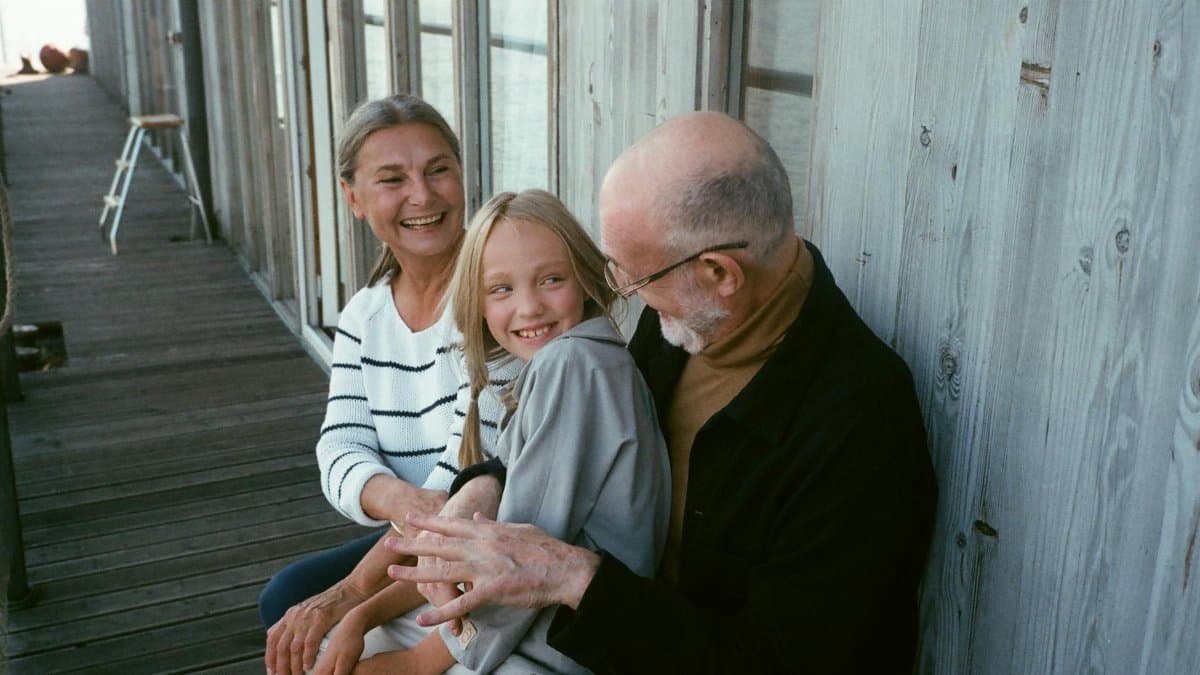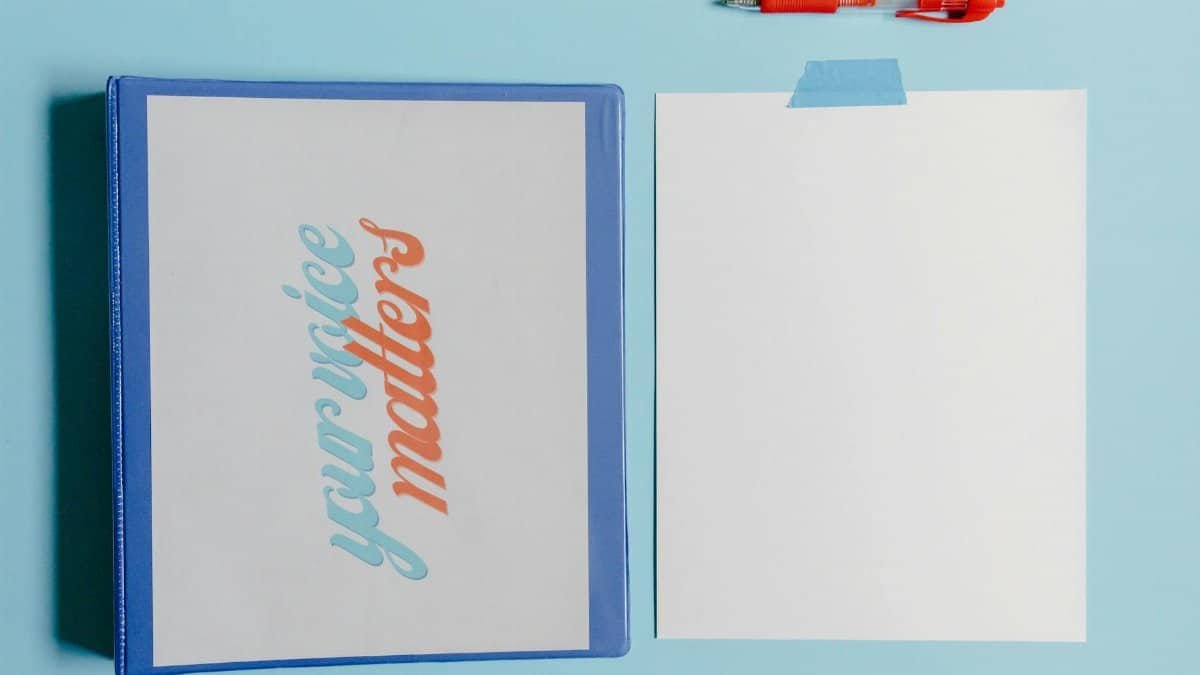Is voice note breath the secret to better communication in 2025? Before hitting “send” on that next voice message, a quick 4-7-8 breathing technique might save you from oversharing or sounding frazzled. This simple method—inhale for 4 seconds, hold for 7, exhale for 8—calms the nervous system, helping you speak with clarity and intention. As voice notes become a go-to for personal and professional chats, mastering this trick could transform how you connect. Here’s why it works and how to make it a habit.
What Is Voice Note Breath?

Voice note breath refers to the practice of taking a mindful breathing moment, like the 4-7-8 technique, before recording a voice message. It’s rooted in breathwork principles that reduce stress and promote focus. By slowing your heart rate and grounding your thoughts, you’re less likely to ramble or say something you’ll regret. It’s a small but powerful step to ensure your tone and words align with your intent.
Why It Matters in Communication

Voice notes are personal—they capture emotion, tone, and spontaneity. But that rawness can backfire if you’re anxious or upset. A quick voice note breath resets your state, helping you avoid emotional oversharing or a shaky delivery. Studies show controlled breathing lowers cortisol levels, the stress hormone, which can otherwise cloud your judgment. This is especially key in sensitive convos with friends, family, or colleagues.
The Science Behind 4-7-8 Breathing

The 4-7-8 technique, popularized by Dr. Andrew Weil, activates the parasympathetic nervous system, signaling your body to relax. Research from institutions like Harvard Medical School highlights how such breathing patterns reduce anxiety almost instantly. You can read more about its effects on stress reduction at Harvard Health Publishing. It’s a proven tool to steady your voice before speaking.
How to Do It Before Recording

Here’s the drill: Sit or stand comfortably. Inhale quietly through your nose for a count of 4. Hold your breath for 7 counts. Then, exhale slowly through your mouth for 8 counts, making a soft whooshing sound. Repeat once or twice. Then hit record. It takes under a minute but shifts your mindset, ensuring your voice note lands as intended.
Real Benefits for Relationships

Whether it’s a heartfelt apology or a quick check-in, voice notes carry emotional weight. Using voice note breath helps you sound calm and collected, fostering trust and understanding. A shaky, rushed message can unintentionally signal distress or impatience. Taking that brief pause shows respect for the listener and protects the relationship from miscommunication.
Challenges to Watch For

It’s not always easy to remember this step when emotions run high. You might feel silly at first, or struggle to count while distracted. Start by practicing the 4-7-8 method in low-stakes moments, like sending casual updates. Over time, it becomes second nature. If you’re skeptical, track how often a quick breath prevents a regrettable rant—it’s eye-opening.
Making It a Habit in 2025

As voice notes remain a staple in digital communication, integrating voice note breath can be a game-changer. Set a reminder on your phone to pause and breathe before recording. Or pair it with another habit, like grabbing a glass of water. Consistency turns this into an automatic reflex. For deeper insights on building breathwork habits, check resources at National Heart, Lung, and Blood Institute.
When to Skip the Technique

Not every voice note needs a formal breathing ritual. If you’re just confirming plans or sending a quick laugh, spontaneity is fine. Reserve this practice for moments when you feel rushed, emotional, or unsure of your tone. It’s a tool, not a rule—use it when the stakes feel higher or when clarity matters most.
